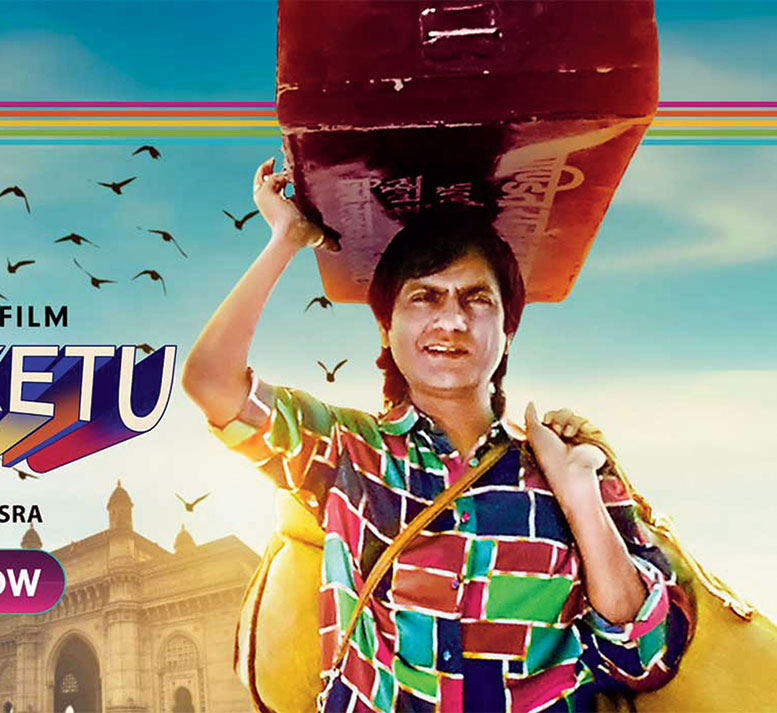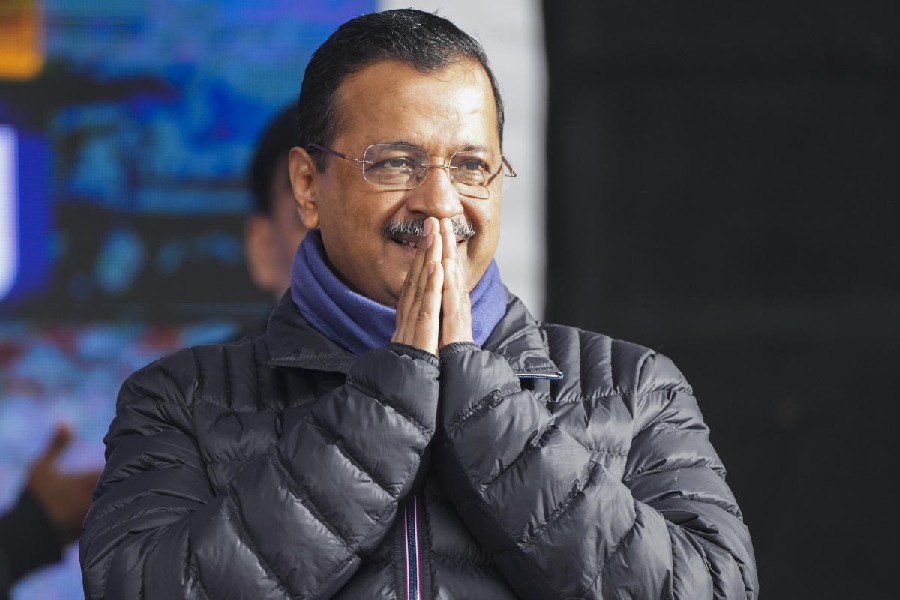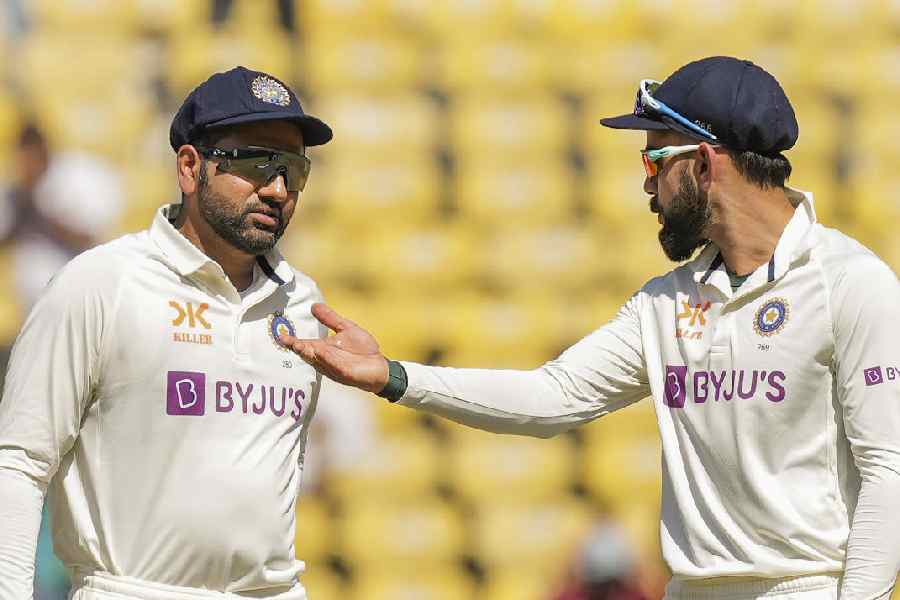What have the streaming trends been during the lockdown? Have more and more people started watching content on their smartphones? What’s the future of direct-to-digital movie releases in the Indian entertainment scape? t2 chatted with Aparna Acharekar, programming head at Zee5, one of the country’s premier streaming platforms, on present patterns and programming and the way ahead.
What have been the broad and specific trends in streaming habits during the lockdown?
There’s been a huge shift in media engagement. In the initial days of the lockdown, newspapers were not coming into most households, and so the only two sources that consumers were getting access to — whether it was for entertainment, infotainment or pure information — were television and digital. Even on TV, the news channels became the primary pick because about two weeks into the lockdown, there was no new content on the GEC (general entertainment) channels because shooting had stopped and they had exhausted their bank of episodes. So the ones on OTT anyway started watching more on OTT and then there were new people who adopted digital platforms because TV was not giving them enough... how much of repeat telecasts can you anyway watch?
So, the smartphone became the primary, always-available source of entertainment. And on the phone, it was streaming platforms that people gravitated to. In fact, we have data to show that during the three lockdowns, there was an increase of 87 per cent in average minutes spent on streaming platforms. That’s huge. So basically what demonetisation did to digital wallets, the lockdown has done that for OTT platforms... whether it was increasing the number of viewing minutes, number of subscribers, the overall watch time.... There were categories of content that increased a lot, while there were some categories that stagnated or even dipped. On Zee5, the catchup category didn’t have any new content and so it stagnated, while movie consumption increased. A couple of direct-to-digital premieres propelled the consumption.
Like we have seen with Ramayan on Doordarshan, nostalgic viewing really increased during this period. Ramayan was sitting on YouTube for decades but had little or no takers. It took the lockdown for people to start watching it again on Doordarshan. Zee5 has a library of Zee content across languages over the last 25 years. People rediscovered popular TV shows like Pavitra Rishta and Hum Paanch because a lot of nostalgic family viewing has happened during this lockdown.
What kind of content, in terms of titles and genres, has had the maximum takers during this lockdown?
It’s tough to point out any one genre because when you have new subscribers coming in, as we have had during this period, the spread of viewing preferences ends up being very different. So it’s not that you will only get a certain type of consumers who will only like watching a certain type of content. But to give you an overview, a lot of family viewing has started during this lockdown. So consumption of comedy content has been adopted. These are very stressful times and what people need is entertainment that provides some sort of relief from this uncertainty. This situation has affected everyone across the board. So what has bonded families is co-viewing, and the simplest genre for co-viewing is comedy. Family-targeted content, slice-of-life content, a lot of content that speaks of inspiration and positivity has found a lot of takers.
And taking a cue from this, this is the kind of content that we are largely planning in the post-Covid world. Instead of dark and depressing content, the new content line-up will have a lot more hope, positivity, inspirational fare. It could still be in the thriller zone, because thriller is a fuel for OTT... that’s what makes you binge watch a show.

The second season of Kaali, starring Paoli Dam, dropped on Zee5 during the lockdown Screengrab
At a time when people are largely sitting at home, are there any specific hours of the day where you have seen more streaming traffic?
Yes. We have seen a new ‘primetime’ emerge during this lockdown. In the pre-Covid world, the primetime would be largely from 9am when people would commute to office and stream content and later in the evening, when they would be coming back home. Another primetime was the post-dinner period. Now, because people are home through the day, the 9am to 11am band doesn’t really matter any more. What we have seen is an afternoon peak starting to happen. We have seen peaks at 2pm and 3pm, followed by peaks later in the evening. The kids have started watching much earlier than before because there is no school now. Now we say that the ‘BWT’, which is ‘binge-watch time’ is the new IST (Indian Standard Time).
Are there any cities or regions from where the maximum traffic is coming in now?
The share from the metro cities has gone bigger. The Tier-2 and Tier-3 cities have also caught on to the trend. Zee5 has always catered to the total Indian map, if you look at our bouquet of content. A lot of people who probably had a 10MBps broadband connection at home had to increase that to meet the demands of working from home. A lot of families that didn’t have Wi-Fi may have got a connection. That has obviously impacted streaming patterns, and we count that as a big evolution.
In the early days of the lockdown, we saw a lot of consumption coming in from the Jio-powered phones, many of which are the lower-end phones. The migrant crisis has happened of late, but before that the migrants, who weren’t going to work but were still stuck in the towns and cities where they were working, started consuming a whole lot of content.
Zee5 has an advantage over its competition in terms of your original programming in various regional languages. Have there been any significant changes in viewership and growth in the regional category in the last three months?
Consumption across categories has increased because adoption of streaming platforms has increased. Our regional content is also available in Hindi and that makes it accessible to viewers pan-India. The advantage with the Bengali audience is that they understand both Bengali and Hindi well and can seamlessly shift between the two.

You just spoke about how the focus in the post-Covid world will be on hopeful and happy content. Can you elaborate a little more on the plans ahead?
The plan, not just in the post-Covid scenario but in the larger Zee5 map, will be to take forward all our successful franchises. Titles like Kaali, Rangbaaz, Kaafir, The Final Call, Never Kiss Your Best Friend, and so on. While we will keep launching new shows, we will focus on taking forward seasons of existing shows. Our pillars of programming are built on content that is relevant and which resonates. And as I said, the emphasis will be on hopeful and positive, feel-good content.
How do you view the trend of direct-to-digital releases of even big-ticket films brought on by the momentary shutting down of movie theatres?
It will be very ambitious to say that streaming platforms can take over the movie theatre experience. The entire mall culture in metros and even smaller cities has made movie-going into a sort of all-day going-out experience, for families, friends or couples. The fun of watching a cricket match is most in the stadium, but as a consumer, you may choose to watch it on your smartphone. It completely depends on you.
We are in a very unprecedented situation... who would have thought that Id wouldn’t have a big superstar release this year? Who would have thought that in May-June we would be at home and not on a summer holiday somewhere? The situation demands that movie theatres not open immediately and even after that, a lot of safety norms have to be in place. And then there is the uncertainty that will linger on peoples’ minds for quite some time. So the alternative for producers and OTT platforms in this scenario, in order to keep people entertained, is to keep releasing new content.
And honestly, this is not a new trend. Zee5 released Tigers (starring Emraan Hashmi) back in 2018 when it wasn’t getting a theatrical release for a host of controversies. In fact, over the last one year, we have started creating original movies that are only released on our platform. Movie theatres will come back when they do, but till then, new content will need to be provided to consumers.
What demonetisation did to digital wallets, the lockdown has done that for OTT platforms... whether it was increasing the number of viewing minutes, number of subscribers, the overall watch time.... Now we say that the ‘BWT’, which is ‘binge-watch time’ is the new IST (Indian Standard Time)— Aparna Acharekar, programming head, Zee5











